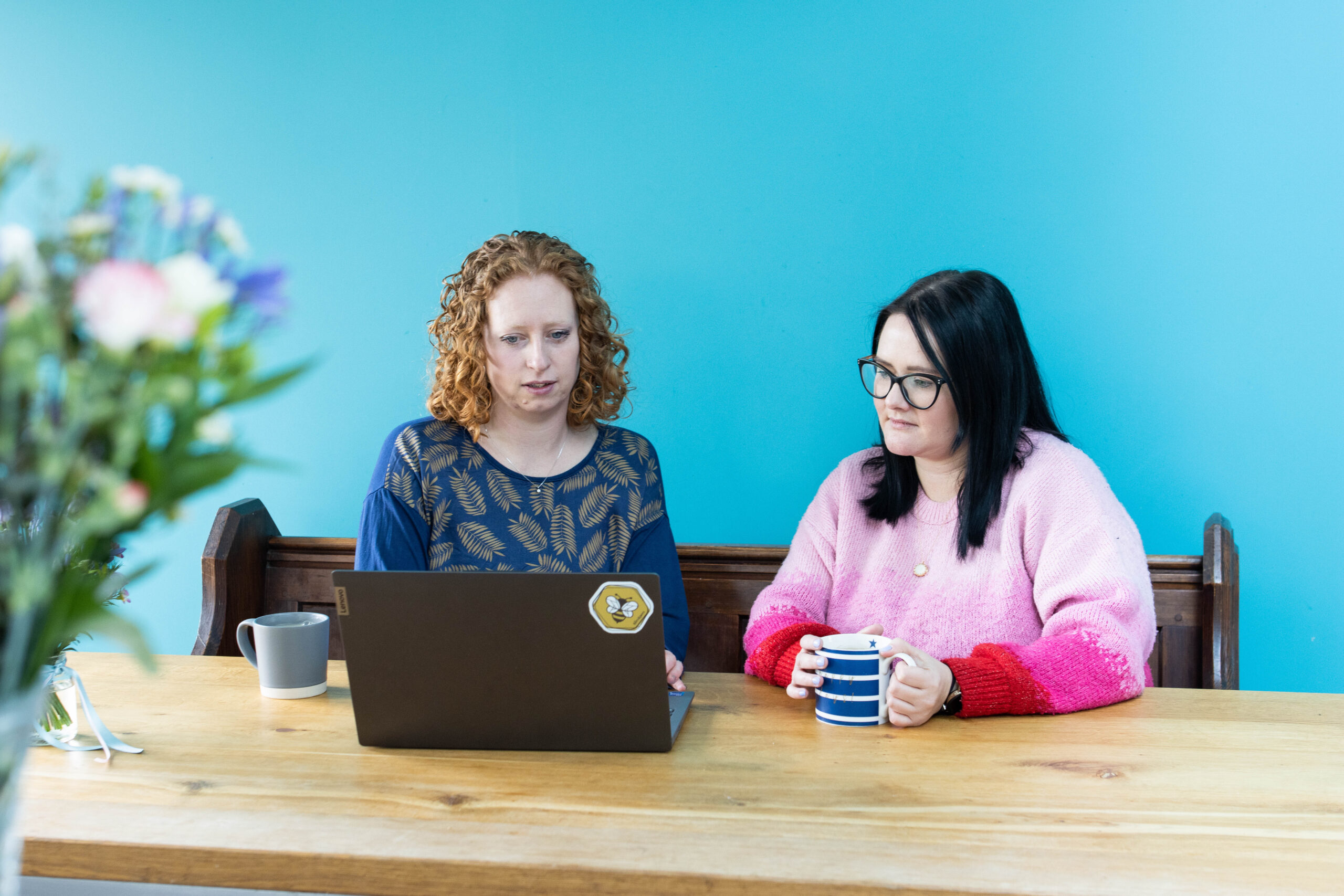
Sep 24 - 0 minutes read
Understanding VAT Schemes

Understanding VAT: Flat Rate Scheme, Standard Rate VAT, and Limited Cost Trader
When it comes to VAT (Value Added Tax), businesses often find themselves facing a maze of complexities. As an accountancy practice, our aim is to simplify these concepts and empower you with the knowledge you need.
In this blog post, we’ll discuss the Flat Rate Scheme, Standard Rate VAT, and Limited Cost Trader, shedding light on what they mean for your business.
Flat Rate Scheme
Let’s start with the Flat Rate Scheme. This scheme was designed to simplify VAT accounting for small businesses, reducing both paperwork and time spent on calculations. Under this scheme, instead of accounting for VAT on each individual sale and purchase, you apply a fixed percentage to your total turnover to determine the amount of VAT to pay.
The percentage used depends on your business’s trade sector, and it ranges from as low as 4% to as high as 16.5%. Each sector has a set percentage to ensure fairness and simplicity. Determining which sector your business falls into can be easily done by referring to the UK government’s official guidelines. If you are unsure about which sector applies to you, we are here to help clarify that for you.
Standard Rate VAT
Standard Rate VAT is the most commonly used VAT scheme. Under this scheme, businesses account for VAT at a rate of 20% on most of their sales and purchases. However, unlike the Flat Rate Scheme, you can also reclaim VAT on eligible expenses incurred during your business operations.
Bookkeeping is crucial for Standard Rate VAT. Every time a sale is made or a purchase is recorded, the VAT portion must be accurately recorded in your accounts. This means separating the VAT component for both income and expenses. By keeping your bookkeeping up-to-date, you can easily calculate your VAT liabilities and claim any VAT refunds owed to your business.
Limited Cost Trader
Lastly, let’s discuss the concept of the Limited Cost Trader. This was introduced by HMRC as a measure to prevent businesses from taking advantage of the Flat Rate Scheme when their costs related to goods are relatively low. If your business is classified as a Limited Cost Trader, you are subject to a higher flat rate percentage of 16.5%.
To determine if you fall into this category, you must ensure that your VAT inclusive expenditure on goods is either:
1. Less than 2% of your VAT inclusive turnover in a prescribed accounting period.
2. More than 2% of your VAT inclusive turnover, but less than £1,000 per year.
Essentially, businesses with minimal expenses on goods may be categorised as Limited Cost Traders, resulting in a higher flat rate percentage.
Understanding the VAT schemes and their implications is central to effective financial management. By grasping these concepts, you can streamline your VAT accounting practices and avoid unnecessary complications.
If you need expert advice or assistance in determining the best scheme for your business or have any queries related to VAT, we are here to help. Feel free to reach out to us and one of our knowledgeable team members will be happy to assist you.
Remember, staying informed and having professional support along the way can make VAT a less daunting domain—allowing you to focus on what you do best: running your business.
Note: The above information is provided as a general overview. Please consult with a us for personalised advice tailored to your specific circumstances.
Article written by Rachel Stewart








Comments